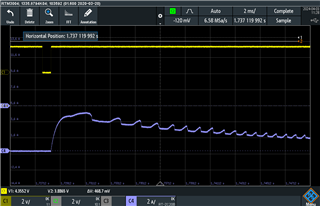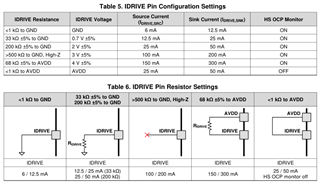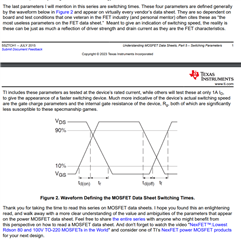Other Parts Discussed in Thread: DRV8706-Q1
Hi,
I am using DRV8701 chip on the following schematics -
At connector A13 I am connecting a DC motor.
I have issue, when I use the motor, my nFault is going low. I want to fully understand why that happens.
This is the scope of output current and nFault pin -

yellow is nFault
blue is current of the motor
I can see it happens before the motor is consuming current. I wish to understand why that might happen and how to solve it.
thank you,
Michael





